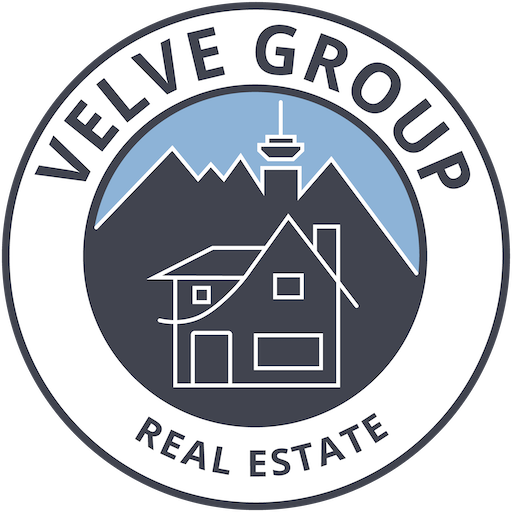Canadians are ramping up borrowing against their homes even as the real estate market slumps, exposing the country’s financial system to vulnerabilities, rating company DBRS said.
Home equity lines of credit, or Helocs, reached a record C$243 billion as of Oct. 31, or 11.3 percent of total household credit, the highest share since mid-2015, analysts including Robert Colangelo said in a report Thursday. Borrowing to fund everything from home renovations to car purchases has grown faster than residential mortgages since 2017, and undrawn commitments at the large Canadian banks stood at C$120 billion.
“The flexibility of Helocs could increase financial system vulnerabilities,” the analysts said. “In the event of a correction, borrowers could find themselves with a debt load that exceeds the value of their home, which is often referred to as negative equity.”
In addition, Heloc borrowing may also make it more difficult for lenders to identify emerging credit problems, because borrowers can use Helocs to manage increases in their debt loads by consolidating high-interest loans into a secured credit line that charges a lower interest rate, according to the report.
Toronto-Dominion Bank has the largest exposure to Helocs at about 39 percent, followed by Royal Bank of Canada at 18 percent and the other large banks averaging 11 percent, according to the report.
Sales of new homes in Toronto sunk to the lowest in almost two decades in 2018 and the supply of unsold condos piled up, according to the Building Industry and Land Development Association report released Feb. 1. In Vancouver, homes sales fell almost 40 percent in January from the same month a year earlier.



